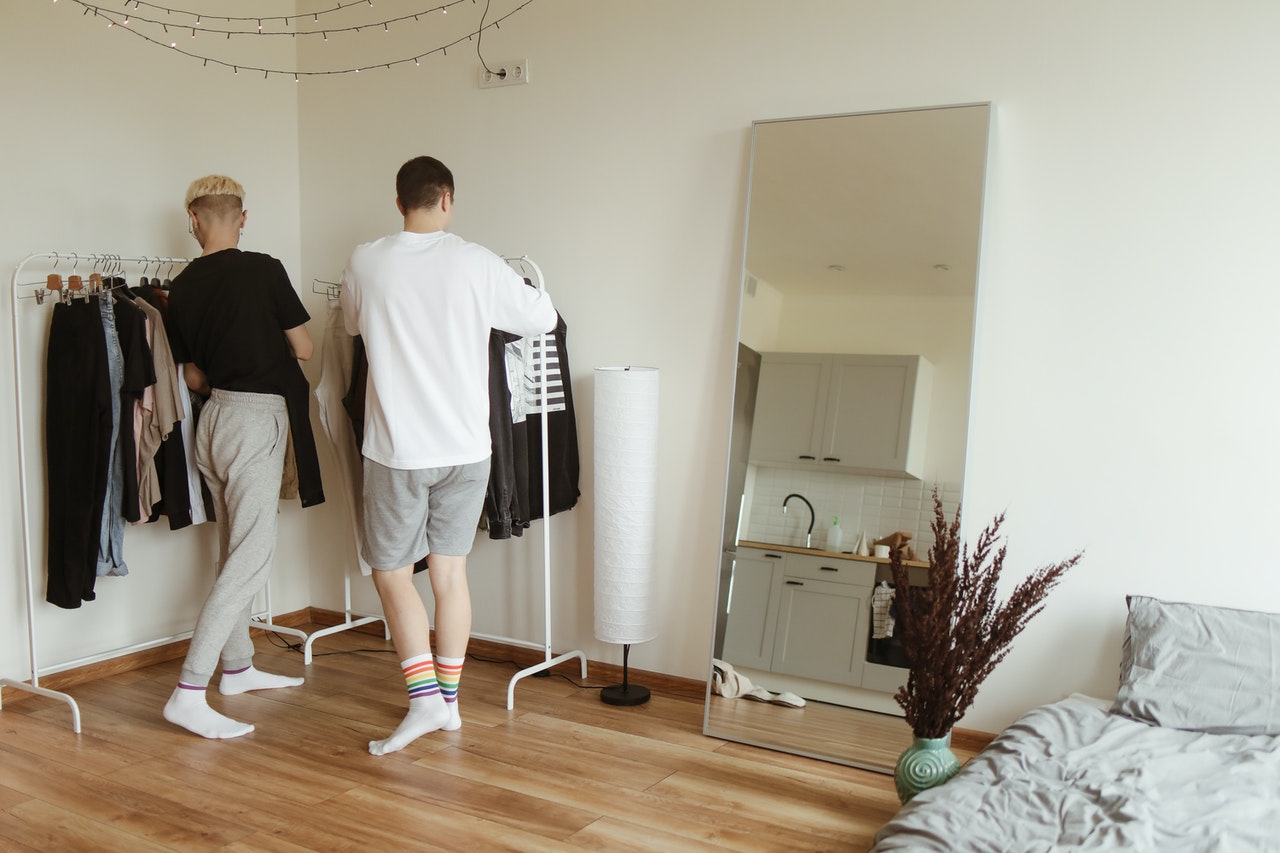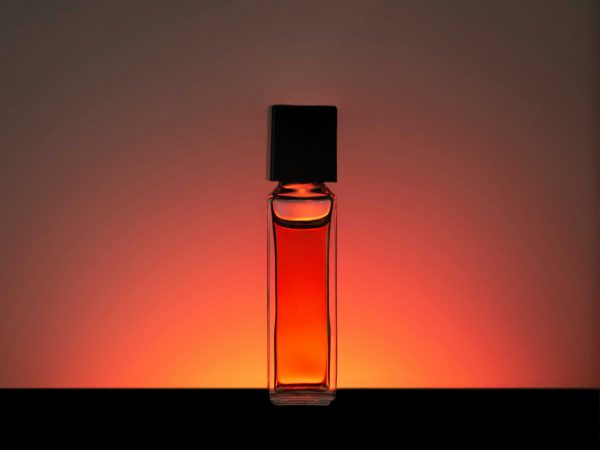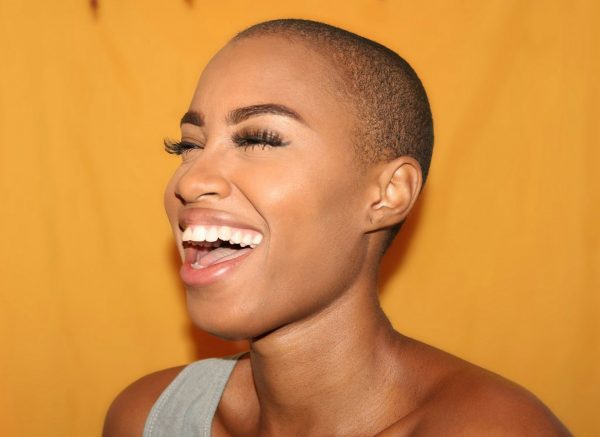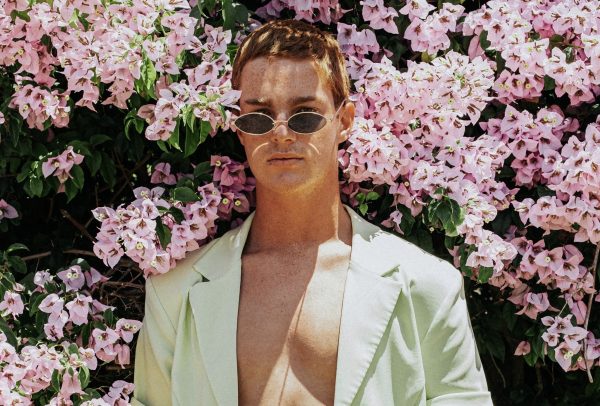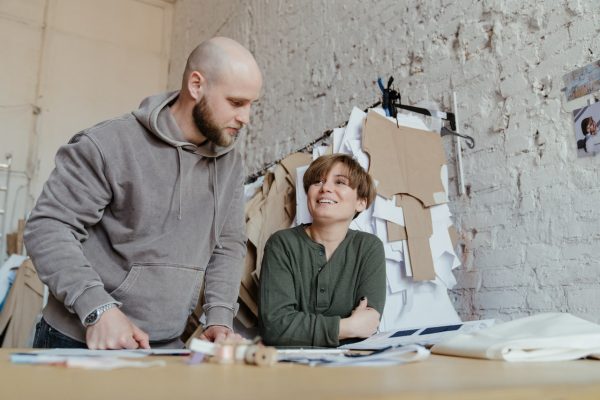The word queer has had quite a negative connotation representing something weird or unusual. No surprise it was used to describe people who didn’t identify with the sex they were assigned at birth in the previous centuries when such a thing was considered utterly unacceptable. Nowadays times have changed but the word remains as a symbol of the queer subculture, although it should be used carefully because not all LGBTQ+ people are happy to hear it. Be considerate and inform about somebody´s preferences before using it. Let’s see the influence that a homosexual subculture has had on the world of the fashion industry.
Has fashion always been queer?
When you see a fashion runway, have you ever thought, who would wear these clothes? The garments used in runways sometimes look odd or exaggerated. Fashion is like an art, sometimes it is there to make a statement or express an idea. In the same way, gay people had to learn how to express their homosexuality more subtly, by wearing certain garments or using certain products. The example of the role of fashion in all that was that the women who identified as lesbians wore masculine clothes and were able to attract others of their kind and gay men were plucking their eyebrows or wearing shoes with high heels (high heels were meant for men first). Those were some signs of recognition between the members of this little world. So, since the beginning, fashion and style have been intrinsically connected to the queer world. It has remained so until today, when, no wonder, the most famous designers are homosexual or bisexual, including Christian Dior, Cristobal Balenciaga, Yves Saint Laurent, Calvin Klein, Gianni Versace, and others.
Women style in the lesbian community
The gay rights movements brought more liberty to fashion as well. The stereotyped dress code was abandoned and women, both lesbian and heterosexual got the right to wear pants. Radical feminism empowered women not to wear too much makeup, shave their legs or dress too girly. This made the previous contrast between lesbians and heterosexual women even lesser. The differences between those sexual orientations in terms of style diminished. Nowadays, you can wear whatever you like, since all the styles are acceptable. Of course, being a lesbian doesn’t mean you can only wear manly clothes. If you want to express your feminine side there are plenty of places that can provide you with stylish clothes and accessories. For example, Style State not only offers quality in fast fashion (something that isn’t always associated with another) but follows all the fashion trends of today. If you prefer a more masculine or androgynous style, it is perfectly fine. Today you can choose between plenty of styles and fashion products.
The revolution of men fashion
From the 1960s the association of men’s fashion and homosexuality began to decrease. Men started to invest in style and appearance and it wasn’t considered such a gay trait anymore. We mentioned that the most influential designers were gay. This lead to male fashion being inspired by gay ambiances those designers frequented, both at street level and in gay clubs. It became normal for men to be interested in grooming products, clothes, and their overall appearance. This way the difference between gay and heterosexual fashion style decreased as well, just like happened with their female counterparts. Celebrities like David Beckham, who was called a metrosexual, were the epitome of a modern man in the 2000s.
The postmodern era brought many liberties to people that it is difficult nowadays to tell gay and straight people apart just by their fashion style. We encourage you to have a unique fashion style no matter which sexual orientation you have. Choose quality fabrics and designs that suit you most and that you will enjoy wearing. Although we have proven that gay and fashion usually stick together, there are no more firmly established rules when it comes to style, so take advantage of it.


